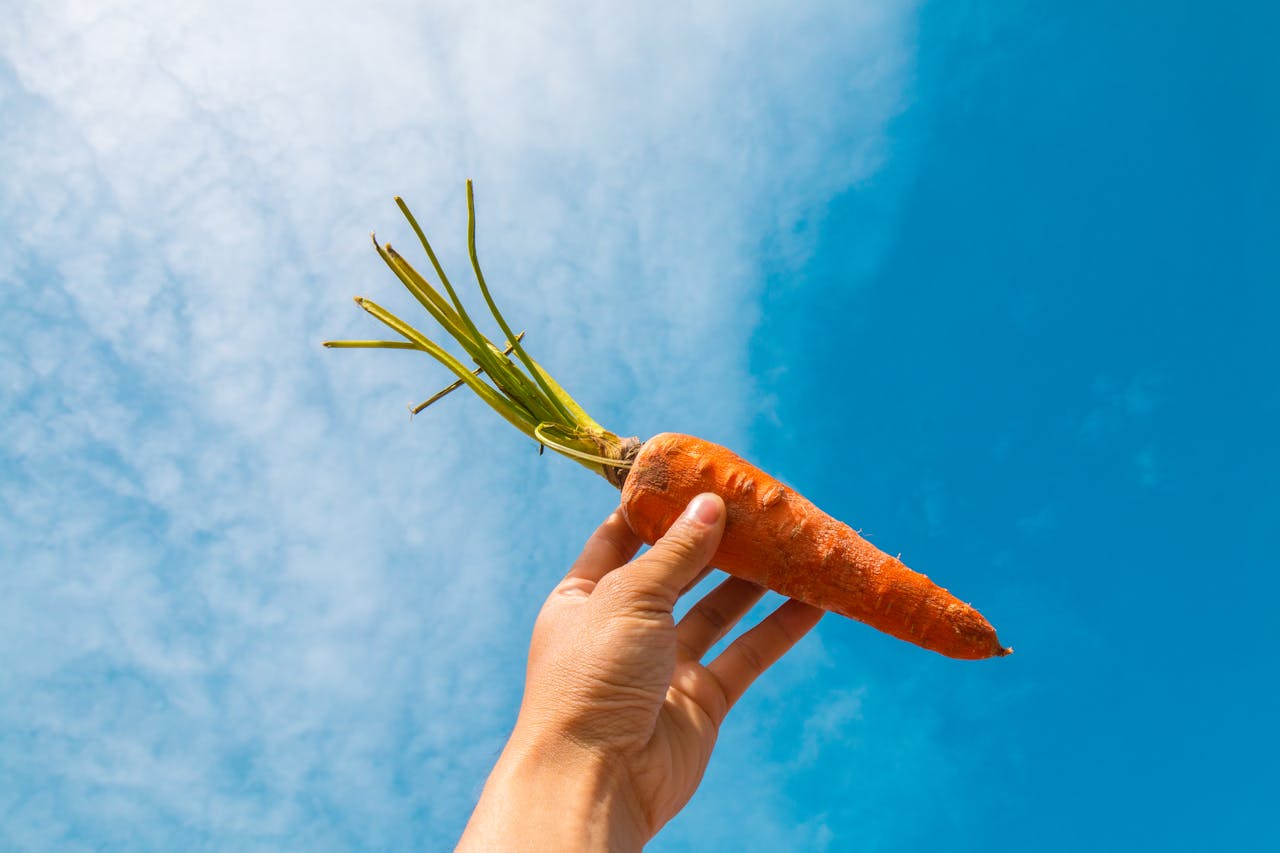What Are Quick Cooking Oats?
Quick cooking oats, also known as instant oats, are a type of oatmeal that is processed to cook rapidly. These oats are smaller and thinner flakes compared to other types of oats, such as rolled or steel-cut oats. This processing makes them ideal for those who need a quick and convenient breakfast or snack[1][2].
Ingredients and Equipment Needed
To cook quick oats, you will need the following:
- Quick Oats: These can be found in most grocery stores and are labeled as either “quick oats” or “instant oats.”
- Water or Milk: You can use either water or milk (dairy or non-dairy) to cook the oats. Milk will yield a creamier oatmeal.
- Salt: A pinch of salt is optional but can enhance the flavor.
- Saucepan: A small to medium-sized saucepan (1.5 qt to 2 qt) is ideal for cooking quick oats.
- Optional Toppings: Sliced fruit, Greek yogurt, nuts, or any other toppings of your choice[1].
How to Cook Quick Oats on the Stovetop
Cooking quick oats on the stovetop is a straightforward process:
- Combine Ingredients:
- Add the quick oats, water or milk, and a pinch of salt to a medium saucepan.
- Cook:
- Place the saucepan over medium-high heat and bring the mixture to a simmer.
- Once it simmers, reduce the heat to low and cook for 3 minutes, stirring occasionally to prevent the oats from burning at the bottom of the pan.
- Rest & Serve:
- After 3 minutes, turn off the heat and cover the saucepan. Let it sit for 1 to 2 minutes to thicken the oatmeal.
- Serve the oatmeal warm in a bowl and add your favorite toppings[1].
Nutritional Benefits
Quick oats are highly nutritious and offer several health benefits:
- Calories and Macronutrients: A 1/2 cup serving (40g) of quick oats contains approximately 150 calories, 5g of protein, 3g of fat, and 27g of carbohydrates[2][3].
- Fiber and Vitamins: Quick oats are a good source of dietary fiber (4g per 40g serving) and various vitamins and minerals, including thiamin, iron, magnesium, and selenium[2][3].
- Health Benefits: The beta-glucan in oats helps lower LDL (bad) cholesterol, slows digestion, and can aid in weight loss and managing blood sugar levels[2].
Differences from Other Oat Types
While quick oats are similar to rolled and steel-cut oats in terms of nutritional content, there are some key differences:
- Processing: Quick oats are more finely processed than rolled oats and much more than steel-cut oats, making them cook faster.
- Texture: Quick oats result in a smoother and more porridge-like consistency compared to the chewier texture of steel-cut oats and the slightly firmer texture of rolled oats[2].
Making Quick Oats from Old-Fashioned Oats
If you only have old-fashioned oats but need quick oats for a recipe, you can easily convert them:
- Place old-fashioned oats in a food processor or blender.
- Pulse the oats in short bursts until they are broken down into smaller flakes.
- Stir the oats and pulse again if necessary.
- Measure the processed oats and use them in your recipe[5].
Key Facts About Quick Cooking Oats
- Cooking Ratio: Use a 2:1 ratio of liquid to quick oats (e.g., 1 cup liquid for ½ cup quick oats)[1].
- Cooking Time: Quick oats cook in about 3 minutes on the stovetop[1].
- Nutritional Content: Quick oats are rich in fiber, vitamins, and minerals, and offer health benefits such as lowering cholesterol and aiding in weight loss[2][3].
- Interchangeable with Instant Oats: Quick oats and instant oats are used interchangeably due to their similar processing and cooking times[1].
- Versatile: Can be cooked with water or milk and topped with a variety of ingredients to suit your taste preferences[1].




